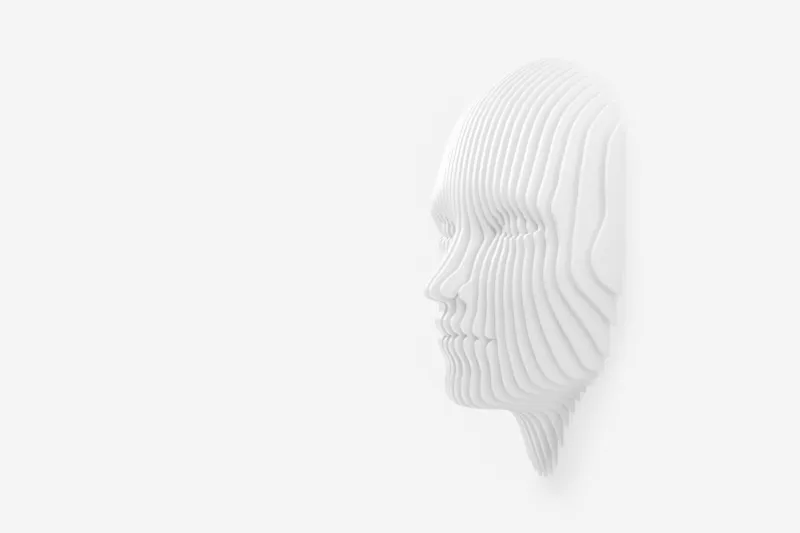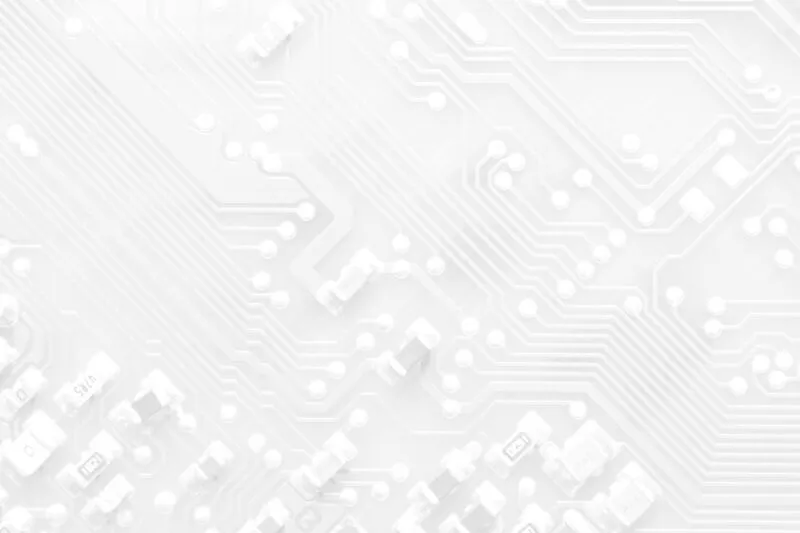TMA Capital decision: A strong signal for patent eligibility of computer implemented inventions
For the first time since the High Court handed down its split 3:3 decision in Aristocrat, the Federal Court has provided some guidance on how it should be applied in assessing patent eligibility of computer implemented inventions.
The case centred around TMA Capital’s Australian patent for an access control system. UbiPark sued TMA Capital for making groundless threats that UbiPark infringed the patent. TMA Capital counter-sued, arguing that UbiPark had actually infringed their patent. And UbiPark then alleged the patent was invalid.
Justice Moshinsky of the Federal Court held that UbiPark did not infringe the patent, that TMA Capital had made groundless threats and that the patent was valid.
However, as part of the invalidity claim, the question of patent eligibility of the computer implemented invention was considered, with Justice Moshinsky addressing the High Court split decision.
Findings on manner of manufacture
Justice Moshinsky ruled that an invention directed to determining signal strengths of entry and exit signals to control a user’s entry into and exit from a restricted area is a manner of manufacture.
Specifically, Justice Moshinsky found that the claimed invention constitutes an abstract idea that is “implemented on a computer to produce an artificial state of affairs and a useful result”2 - the artificial state of affairs being the opening of the entry barrier and exit barrier, and the useful result being the vehicle gaining entry into, and exit from, a restricted area. Similarly, he found that the claimed invention has some “concrete, tangible, physical, or observable effect”,3 namely the opening of the entry and exit barriers.
Despite the claims not positively reciting the opening of the entry and exit barriers, Justice Moshinsky found that “it flows from the references to generating and transferring an entry request and exit request, read in the context of the specification as a whole.”
Application of split decision
In arriving at this finding, Justice Moshinsky sought to reconcile the approaches of the two pluralities of judges in the High Court Aristocrat decision.
Justice Moshinsky noted that both pluralities agreed on the following principles:
- in considering whether there is patentable subject matter, the court should focus on the substance of what is claimed, and not the form, and accordingly there is a need to first characterise the invention (at [73], [101]-[103]);
- schemes and plans that are not inherently patentable and which are merely implemented on a generic computer do not become patentable as a result (at [22], [24], [75]-[77], [121]-[122]); and
- patentable subject matter may result where there is something more than mere implementation, which may include an improvement in the operation of the computer (at [25], [27], [77], [122]).
Justice Moshinsky referred specifically to Kiefel CJ, Gageler and Keane J’s assertion:
In relation to computers and computer-related technology, it has been held in decisions of the Federal Court that a claimed invention will be a proper subject of letters patent if it has some “concrete, tangible, physical, or observable effect”, as distinct from “an abstract, intangible situation” or “a mere scheme, an abstract idea [or] mere intellectual information”.4
And Justice Moshinsky also noted Gordon, Edelman and Steward JJ’s view that “[i]t is enough that the artificial state of affairs and useful result are created by 'the way in which the method is carried out in the computer'.”5
This led to Justice Moshinsky considering whether the claimed invention has a “concrete, tangible, physical, or observable effect”, and whether the claimed invention was "implemented on a computer to produce an artificial state of affairs and a useful result”,6 which he found, on both counts, it did.
Impact on IP Australia’s approach to the question of manner of manufacture
Section 2.9.2.7: Computer Implemented Inventions, Mere Schemes and Business Methods of The Patent Manual of Practice and Procedure (“the Manual”) includes an example claim entitled “Performing Business Interactions Using Computing Devices”.7 The Manual characterises the substance of the claim as being a determination of whether a seller is within a predetermined distance of a user and subsequently communicating payment information to the user if the seller is within the predetermined distance of the user. The Manual asserts that the substance of the claim is directed to a mere computer implemented rule, or scheme, for determining when to share information, and as a result, does not define a manner of manufacture.
However, in applying Justice Moshinsky’s logic, a different answer might result.
Communicating payment information allows for a financial transaction to be executed, which is an artificial state of affairs. And providing payment information of seller(s) to a user when the user is within a predetermined distance of the seller(s) provides the useful result of enabling financial transactions to be conducted more quickly. Thus, a useful physical or tangible result is achieved, aside from the fact of the use of computers to implement the invention.
Similarly, “a concrete, tangible, physical, or observable effect” is achieved through the executing of financial transactions, even if it only flows from the recitation of communicating the payment information.
Thus, in view of the Federal Court’s application of the guidance from the Aristocrat decision, this claim is arguably a manner of manufacture.
Conclusion
The Federal Court’s interpretation of the High Court split decision offers a different approach for assessing manner of manufacture, returning to a more traditional approach of considering whether “a concrete, tangible, physical, or observable effect” is achieved, and whether the invention produces “an artificial state of affairs and a useful result”.
It offers a glimmer of hope for applicants and practitioners grappling with manner of manufacture objections from IP Australia, and for patentees uncertain about the validity of their portfolios.
Further advice
Are you experiencing manner of manufacture objections from IP Australia, or perhaps you're uncertain about patent eligibility of your invention?
The patentability of computer-implemented inventions is a complex and evolving area, but our team is here to support you. Please feel free to contact Madeleine Kelly for further advice.
Footnotes
Aristocrat Technologies Australia Pty Ltd v Commissioner of Patents [2022] HCA 29
Aristocrat at [122]
Aristocrat at [25]
Aristocrat at [25]
Aristocrat at [122]
UbiPark Pty Ltd v TMA Capital Australia Pty Ltd (No 2) [2023] FCA 885 at [205]

